Design Thinking: Tools, Challenges, and Implementation Strategies
VerifiedAdded on 2023/06/07
|13
|1066
|66
Presentation
AI Summary
This presentation provides an in-depth analysis of design thinking, focusing on its role in addressing business challenges and fostering innovation. It begins with an introduction to design thinking, emphasizing its importance in a dynamic business environment and its ability to solve issues such as building empathy among staff. The presentation then delves into the challenges of implementing design thinking, including lack of knowledge, resource constraints, negative attitudes, and communication issues. It explores how design thinking tools such as visualization, journey mapping, value chain analysis, mind mapping, concept development, assumption testing, rapid prototyping, customer co-creation, learning launches, and storytelling can be used to overcome these challenges and promote employee commitment. Furthermore, the presentation highlights the benefits of design thinking, such as strengthening business value and enhancing competitive advantage. The presentation concludes with a discussion on the ways of implementing design thinking, emphasizing the identification of issues, employee training, and the creation of a learning culture within the workplace. The presentation is supported by a comprehensive reference list, demonstrating a strong foundation in academic research.
1 out of 13
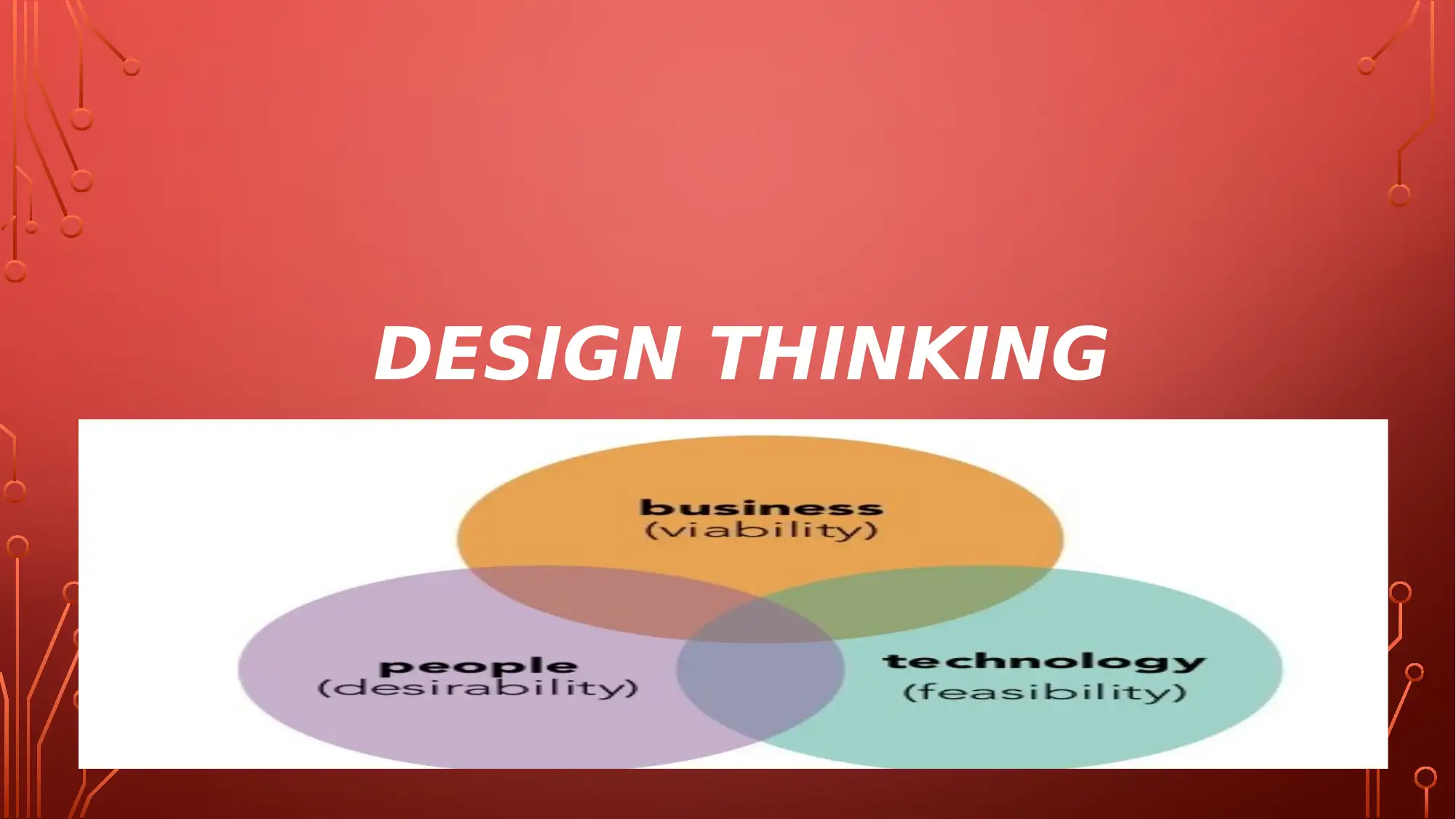
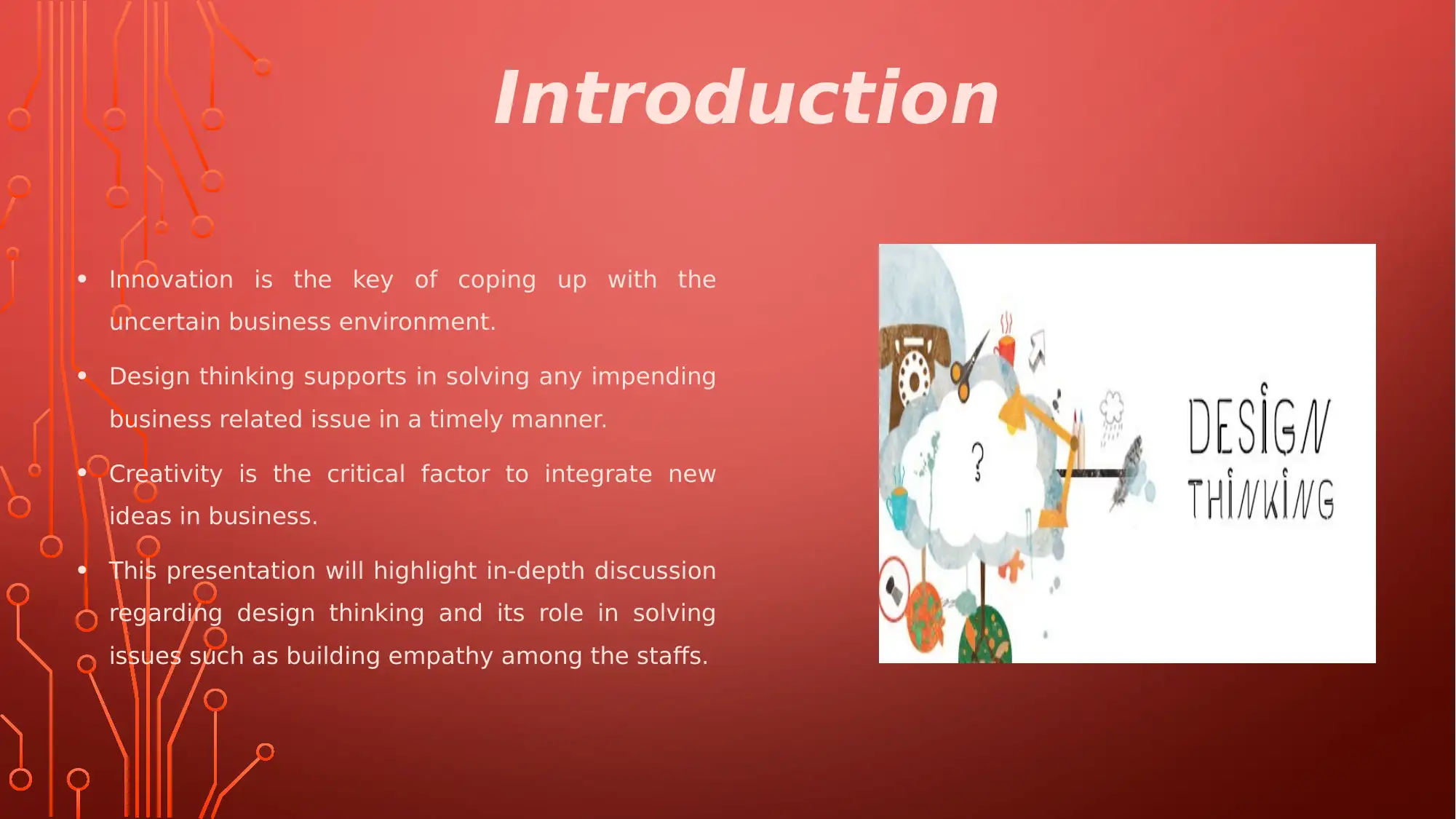
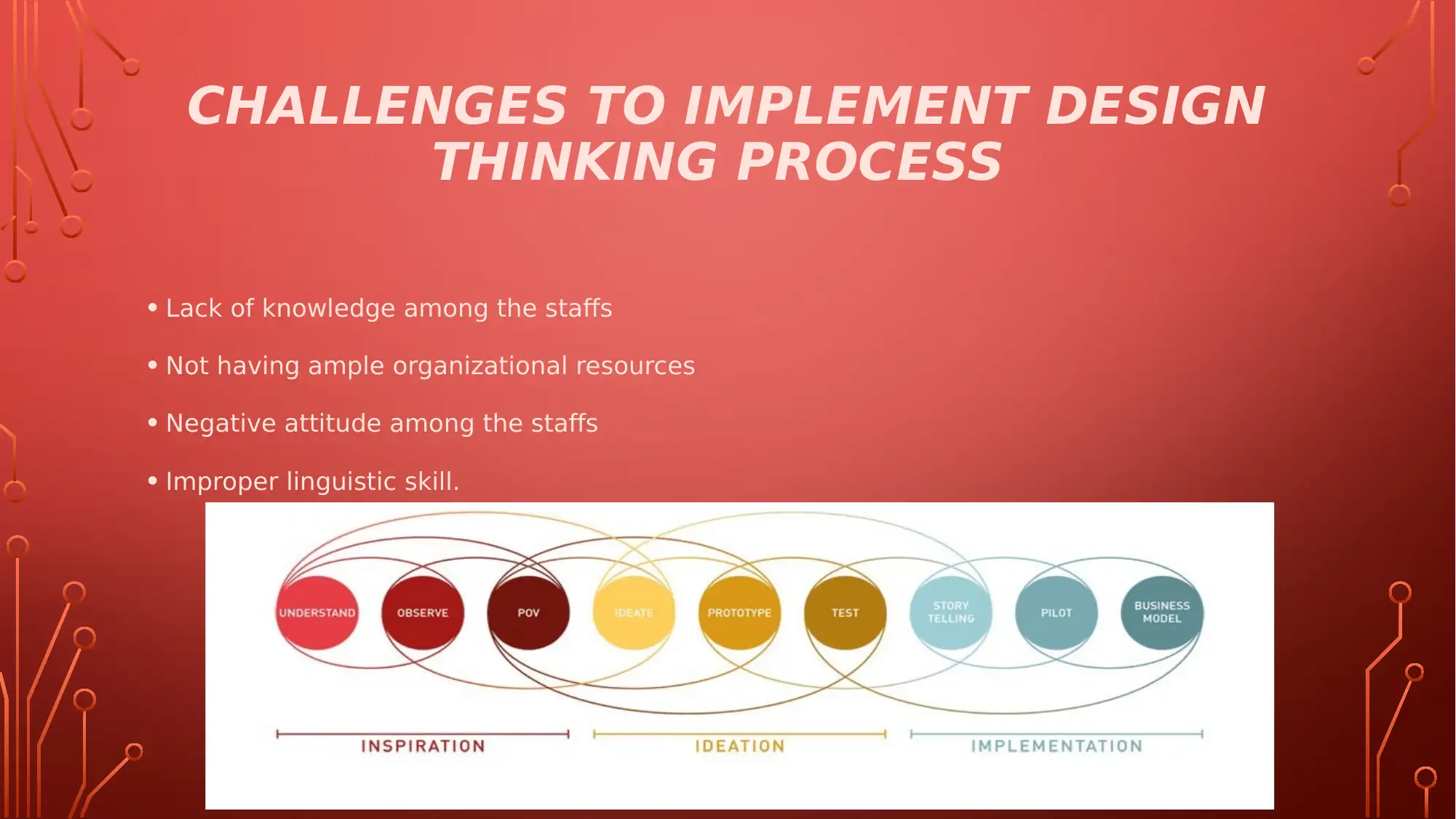

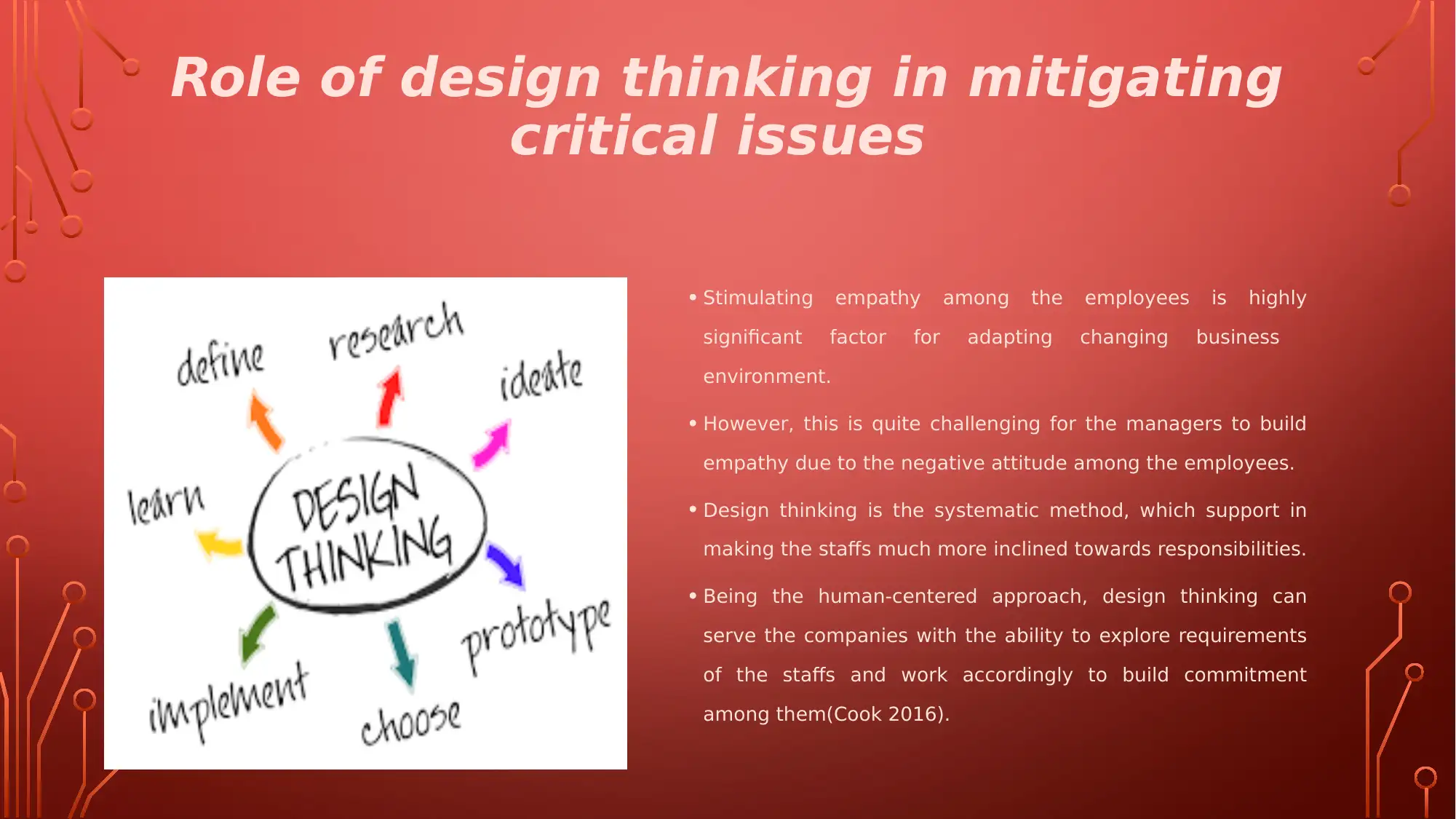

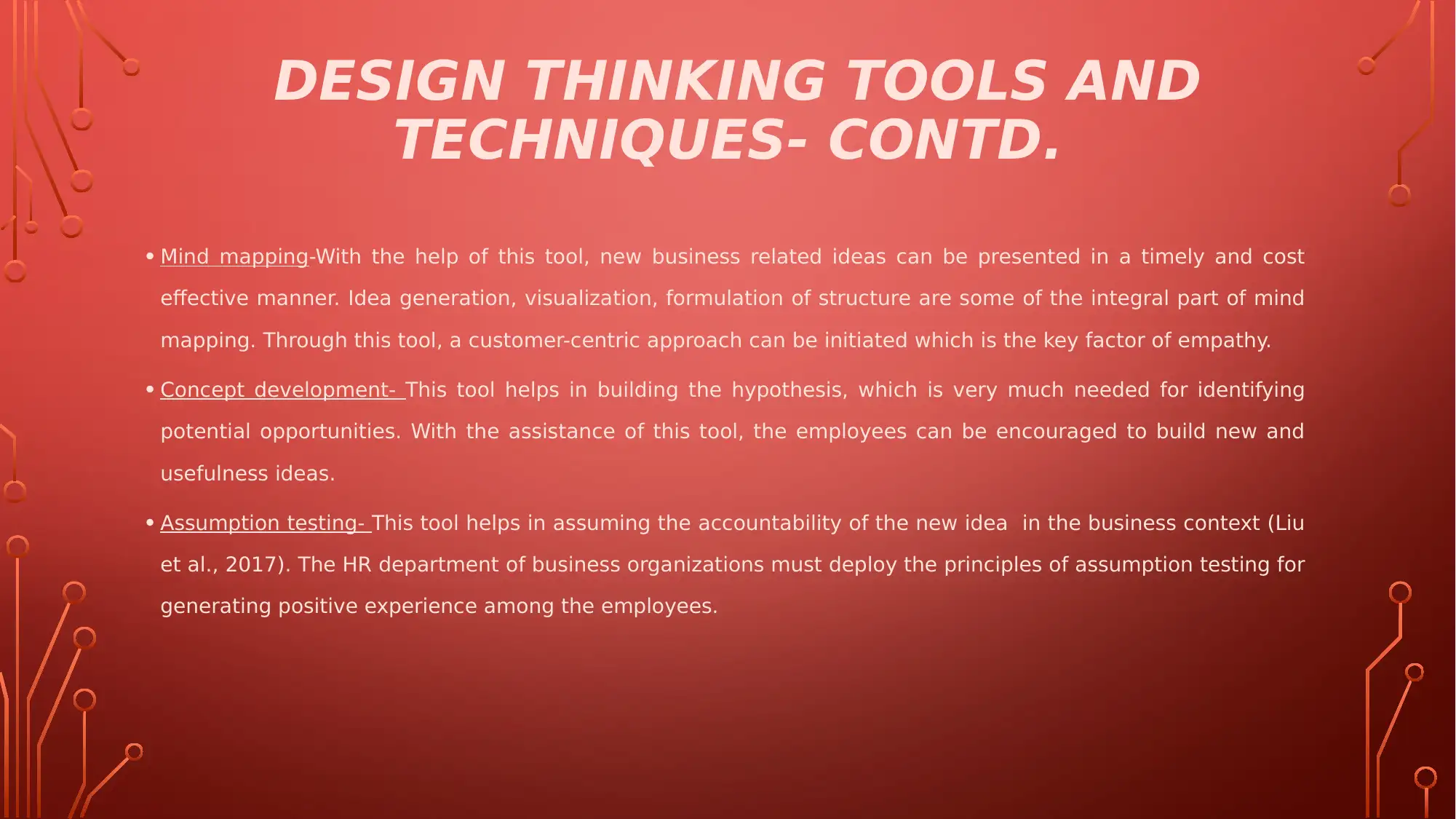
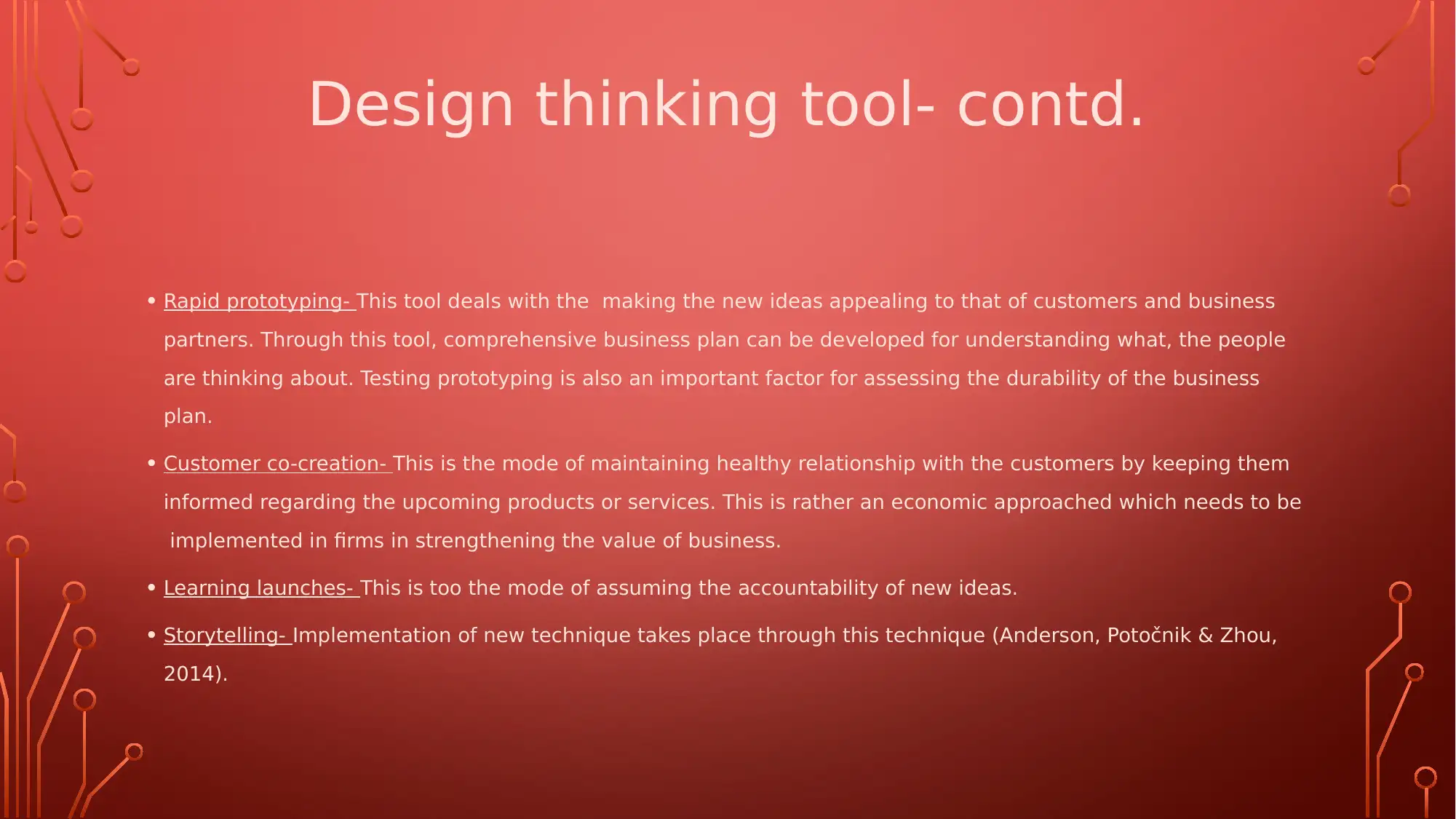
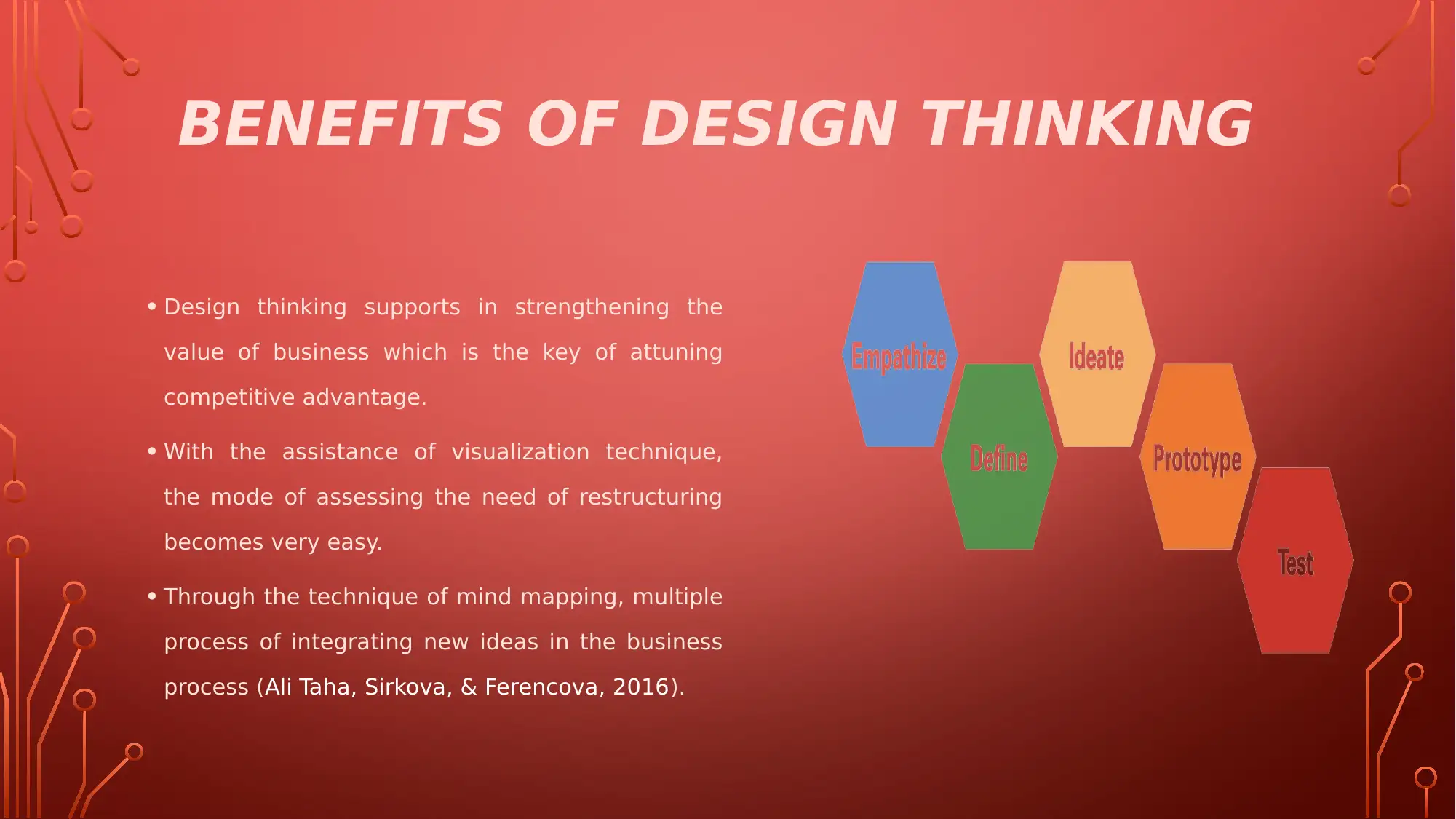

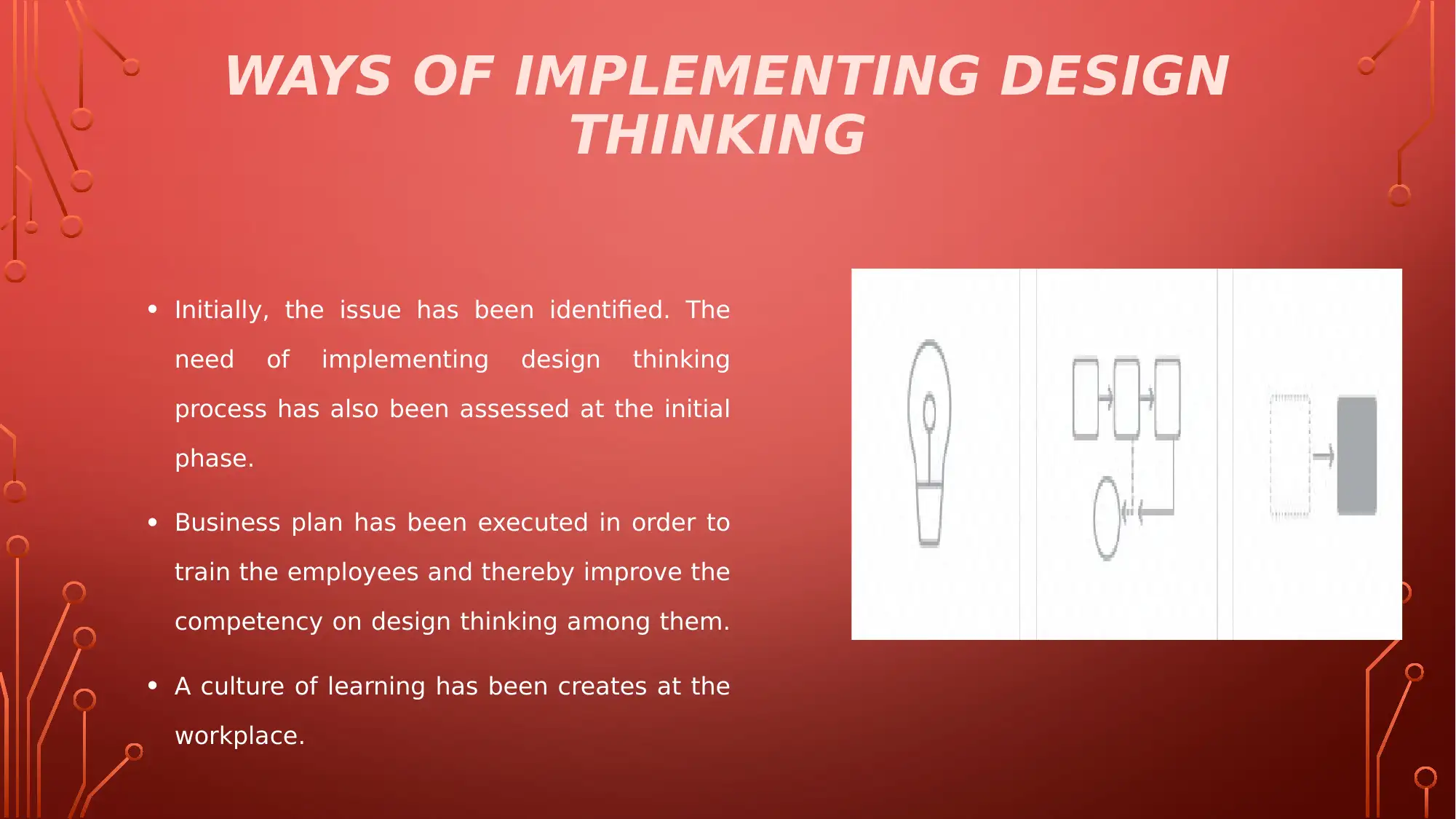
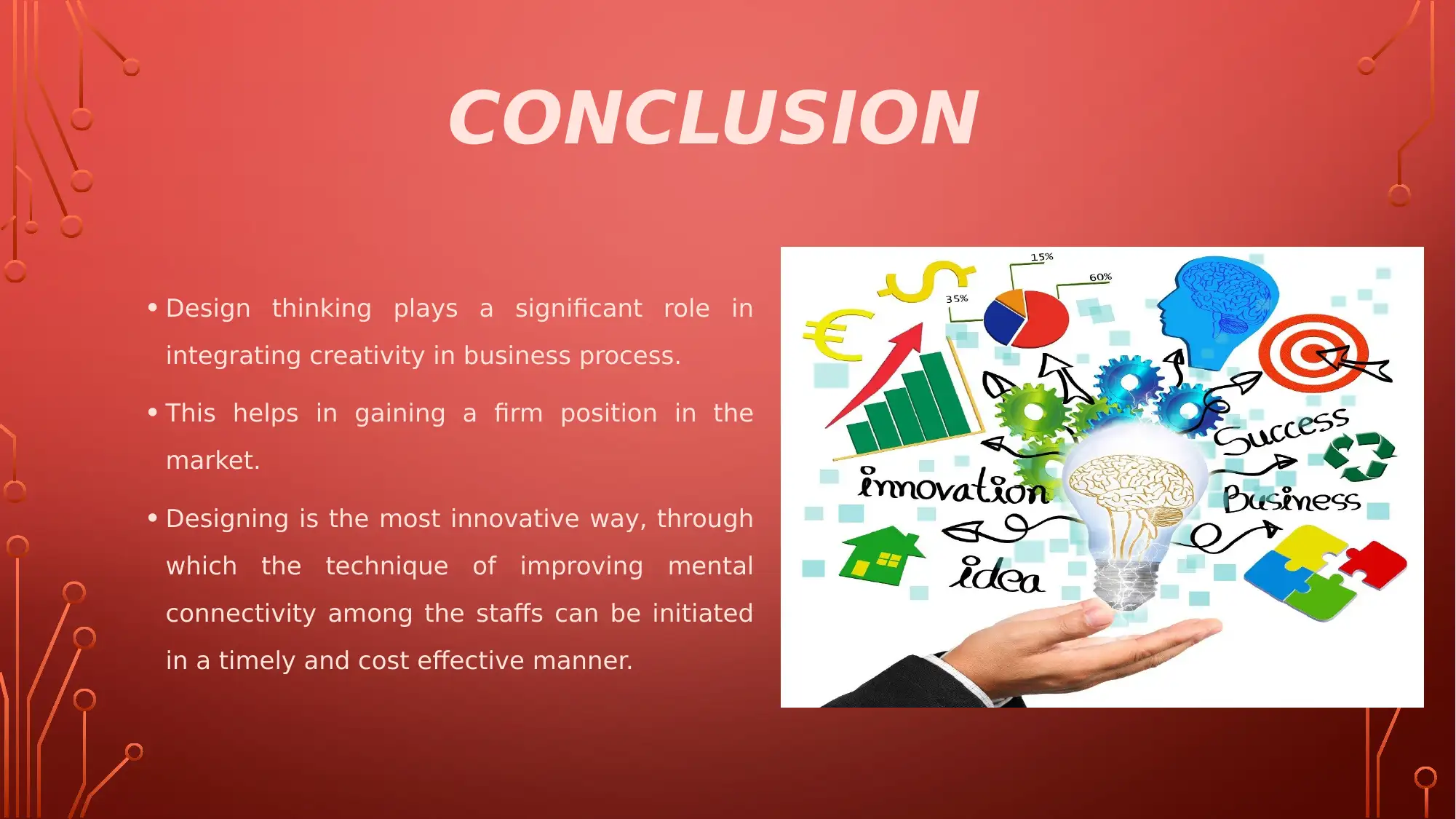
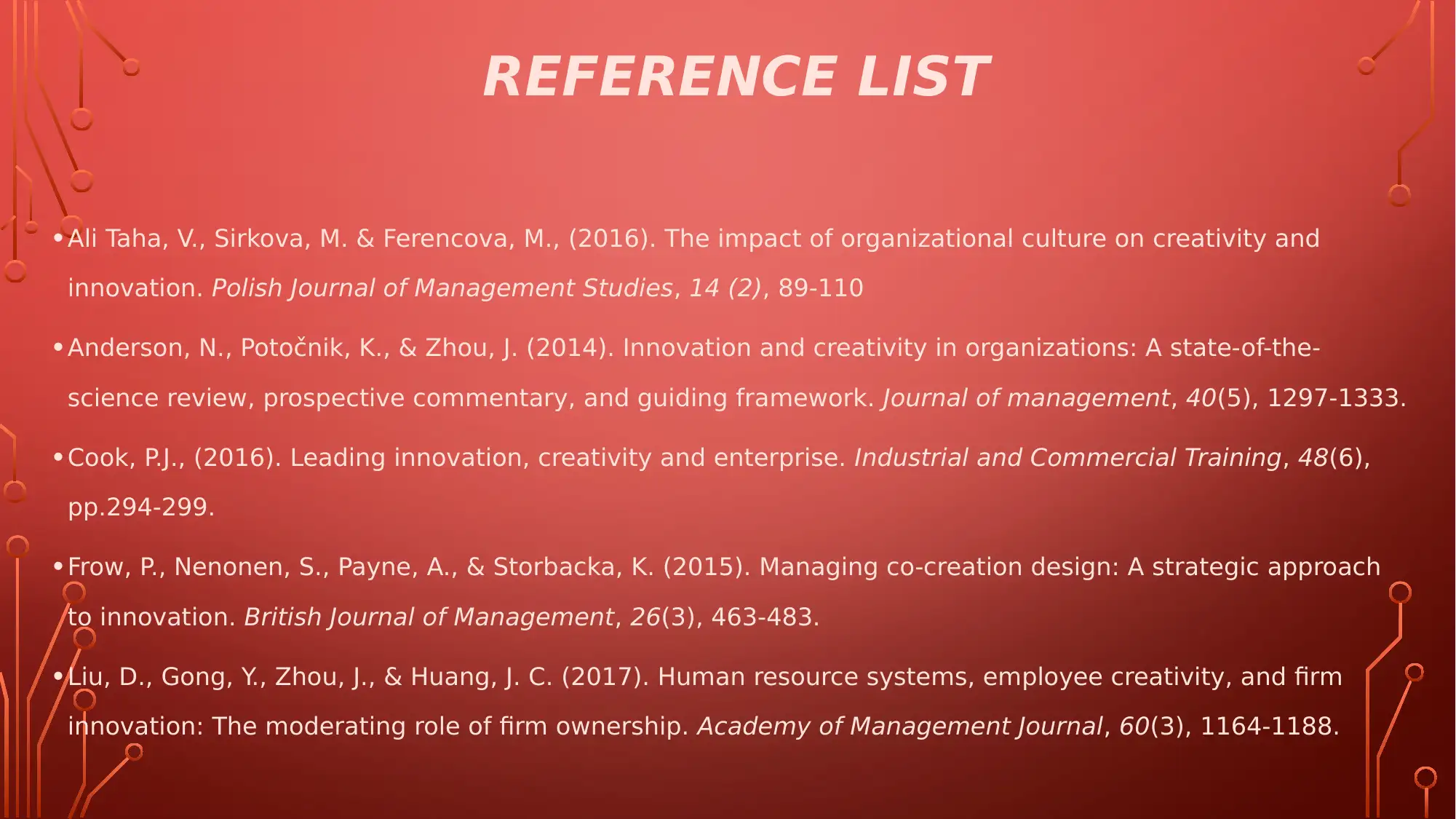




![[object Object]](/_next/static/media/star-bottom.7253800d.svg)